Adding color and flavor to dishes, yakumi are an indispensable part of our food culture. As with the green onions that adorn soba noodles or the wasabi that accompanies sashimi, they serve as the brilliant supporting actors that elevate the main ingredients, deeply rooted in the Japanese dining experience. This article explores the profound charm of these condiments, delving into their historical nuances, diversity, and health benefits.
What are Yakumi?
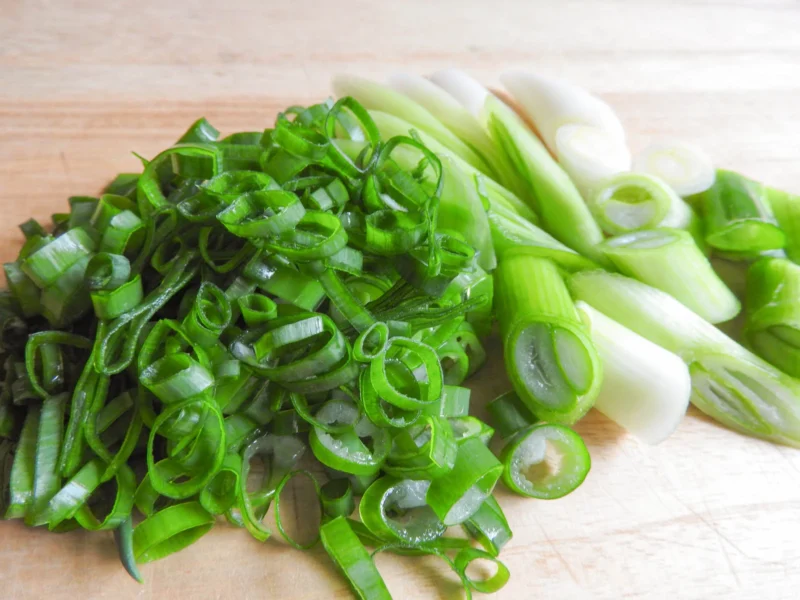
Yakumi are defined as aromatic vegetables and spices served in modest quantities to accompany a dish. In a manner analogous to herbs and spices in Western culture, Japanese yakumi serve purposes beyond mere enhancement of flavor. These substances fulfill a variety of functions, including enhancing the aesthetic appeal of a dish, stimulating appetite, mitigating the intensity of odors from raw fish and other ingredients, and preventing food poisoning through their antibacterial properties.
The term “yakumi” is believed to have originated from concepts found in traditional Chinese medicine. The term kayaku originally meant adding small supplementary medicines to a primary medicine. Modern “medicinal compounding” derives from this practice. China’s ancient text “Shennong Ben Cao Jing” described foods having “five flavors.” These flavors were sweet, salty, sour, bitter, and spicy. Each flavor had its own medicinal effect. They called these “five flavors” yakumi and established the term for medicinal ingredients. Yakumi referred to ingredients with “food as medicine” properties. Therefore, yakumi are not mere “add-ons” but essential components. They enhance dish quality and contribute to human health. This merits calling them “edible medicine.”
Example of Sushi Yakumi
Information on Yakumi Used in Sushi
The condiments most commonly utilized in conjunction with sushi are wasabi, gari (pickled ginger), and soy sauce. This trio was established in the late Edo period (circa 1818-1830), when the prototype for modern nigiri sushi was created.
The utilization of wasabi as a medicinal herb dates back to the Asuka period; however, it was during the late Edo period that its use as a sushi condiment gained widespread popularity. Its popularity increased concomitantly with the rise in popularity of nigiri sushi. Similarly, gari—consisting of thinly sliced ginger pickled in sweet vinegar—became a standard condiment as nigiri sushi grew in popularity during the Edo period. The advent of soy sauce for sushi coincided with the evolution of “koikuchi,” a dark soy sauce with a pronounced flavor profile, in the Kanto region during the Edo period. This development was particularly significant as the flavor profile of koikuchi harmonized remarkably well with the local culinary traditions, particularly those centered around fish.
Why These Yakumi Are Used
The utilization of these condiments extends beyond mere enhancement of flavor; they play a pivotal role in crucial aspects of food safety and health. This notion aligns with the ancient Japanese concept of “ishoku dogen,” which posits that sustenance and medicine are of a shared origin.
Wasabi’s primary component, allyl isothiocyanate, has powerful antibacterial properties that inhibit the growth of food poisoning bacteria. This was essential for safely eating raw fish in the Edo period when refrigeration was unavailable. Its unique, pungent flavor also masks any fishy smell and enhances the taste of the sushi topping.
Gari, or ginger, serves several functions. One is to cleanse the palate, allowing you to enjoy the fresh taste of the next piece of sushi. In addition, components in ginger have sterilizing effects that help prevent food poisoning, and it also aids digestion and stimulates the appetite.
The saltiness and umami of soy sauce bring out the flavors of both the vinegared rice and the fish, creating a unified, delicious taste. The dark soy sauce that emerged in the Edo period, in particular, became an indispensable element in perfecting the flavor of Edomae (Edo-style) sushi.
The History of Yakumi
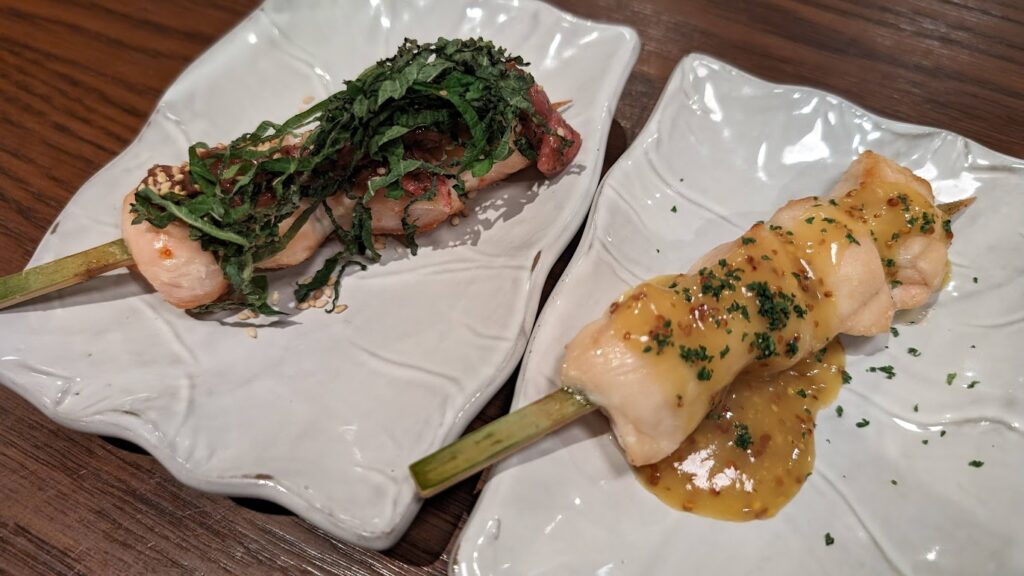
The history of yakumi is ancient, with records from Japan’s Nara period (710-794) already showing the use of sansho pepper and ginger. During the Heian period (794-1185), aristocrats incorporated the essence of yuzu into their culinary preparations, particularly soups. People also used water pepper (tade) to counteract the raw smell of fish during this era.
During the Edo period (1603-1868), yakumi underwent significant integration into the prevailing dietary habits. With the rise in popularity of udon noodles, black pepper initially emerged as the prevailing condiment. As chili peppers became prevalent, blends like shichimi togarashi gained mainstream status. They showed remarkable compatibility with udon noodles. During the mid-Edo period, soba noodles rose in popularity. Wasabi emerged as a condiment during this time. People often used wasabi with ingredients like daikon radish. Wasabi had notable antibacterial properties, so chefs incorporated it into culinary preparations. They particularly used it with raw fish dishes like sashimi. Spices and herbs were employed globally for food preservation and odor removal. These ingredients underwent distinctive evolution within Japan’s sophisticated culinary culture.This evolution resulted in the development of “yakumi,” a sophisticated form that people widely recognize today.
Types of Yakumi and Their Benefits
A more thorough examination of the representative yakumi that grace the Japanese table and their health benefits warrants attention.
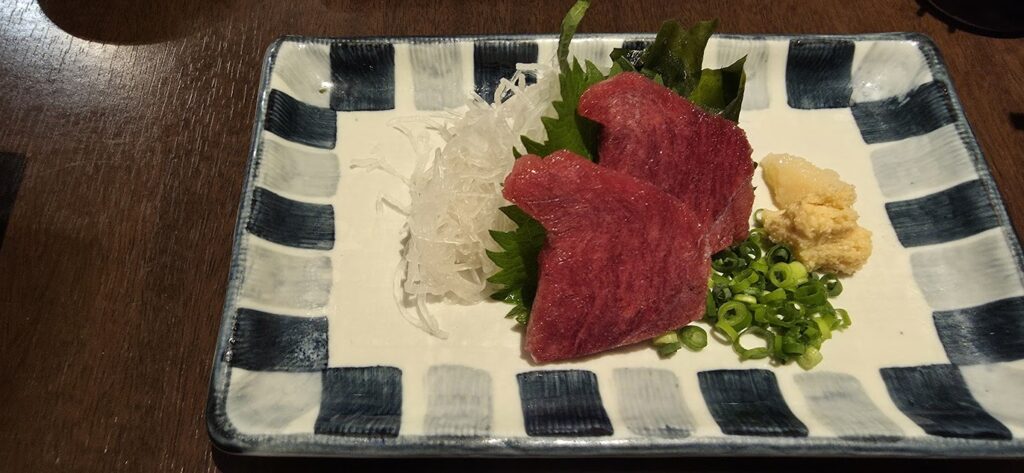
The Aromatic & Pungent Staples
This group forms the foundational flavors of many Japanese dishes, known for their sharp, pungent, and deeply aromatic qualities.
Green Onion (Negi)
Rich in allicin, a type of allyl sulfide that creates its characteristic sharp aroma. Allicin has powerful sterilizing and antibacterial properties, helps the body absorb vitamin B1 (found in pork, etc.) to convert carbohydrates into energy, and is effective for fatigue recovery. It is also known to promote blood circulation, warm the body, and help thin the blood.
Ginger (Shoga)
Its refreshing aroma and pungent components, gingerol and shogaol, have strong antibacterial effects, helping to prevent food poisoning. It also promotes blood circulation, warms the body from the core, which can help improve sensitivity to cold and boost metabolism. It is also known to stimulate the appetite.
Garlic (Ninniku)
Its characteristically strong aroma comes from allicin, which has powerful sterilizing and antibacterial properties. Allicin binds with vitamin B1 to aid its absorption, demonstrating excellent effects for fatigue recovery and nourishment. It has also been reported to help lower blood pressure and cholesterol levels.
Wasabi
The unique, sharp pungency that rushes to the nose comes from allyl isothiocyanate. This compound has extremely potent antibacterial properties that inhibit the growth of food poisoning bacteria. It is also expected to have antioxidant effects and help prevent blood clots, promoting smoother blood flow.
Myoga Ginger (Myoga)
Its unique, refreshing aroma comes from an essential oil component called alpha-pinene, which helps stimulate the appetite and aid digestion. It also promotes blood circulation and perspiration and is thought to have a refreshing effect on the mind, helping to improve concentration.
Fresh Herbs & Citrus
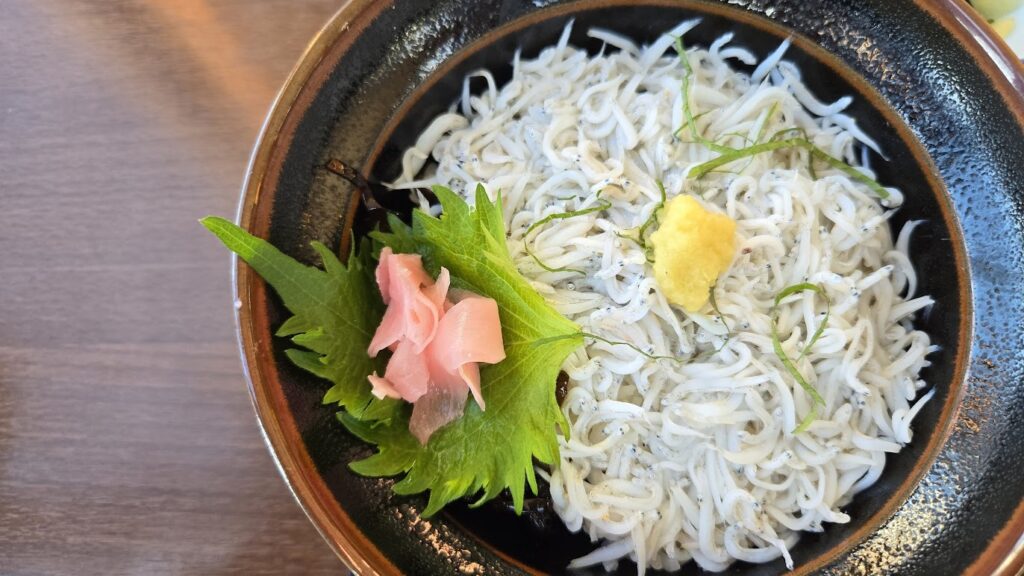
This category includes yakumi prized for their fresh, vibrant, and often fragrant leafy or citrus notes that brighten and lift a dish.
Ōba Leaf (Shiso Leaf)
The primary component of its refreshing aroma, perillaldehyde, has strong antiseptic and sterilizing effects, making it effective for preventing food poisoning. It is also said to stimulate gastric acid secretion to increase appetite and to have a calming effect that soothes the nerves.
Mitsuba (Japanese Parsley)
Its refreshing aroma, from components like cryptotaenene and mitsubaene, has appetite-stimulating and digestion-promoting effects. These components are also expected to have a relaxing effect that calms nervous excitement and eases irritation, making it recommended during times of stress.
Yuzu
The peel contains an abundance of vitamin C, said to be about four times that of a lemon. Its powerful antioxidant effects can help prevent skin blemishes and aging and boost the immune system. It also contains hesperidin, a type of polyphenol, which strengthens capillaries and improves blood flow.
Spices, Peppers & Seeds
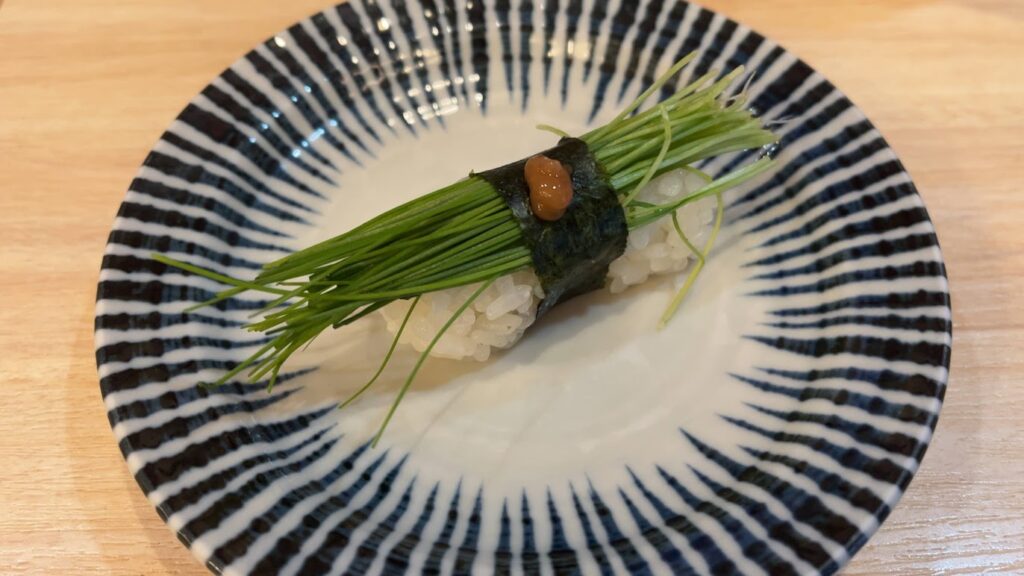
These yakumi provide warmth, tingling spice, and nutty textures, often used as finishing touches to add another layer of flavor and complexity.
Chili Pepper (Tōgarashi)
Its spicy component, capsaicin, stimulates the secretion of adrenaline, raising body temperature and inducing perspiration. This boosts metabolism and is expected to aid in fat burning. In appropriate amounts, it can also stimulate gastric acid secretion and increase appetite.
Sansho Pepper
Its tingling, spicy component, sanshool, stimulates the brain to activate internal organs and enhance gastrointestinal function. This is expected to stimulate the appetite and aid digestion. It also has a warming effect on the body, helping to improve sensitivity to cold.
Sesame Seeds (Goma)
Rich in antioxidants like sesamin and vitamin E. Sesamin is particularly effective in the liver, where it is said to help break down alcohol and improve liver function. It is also expected to prevent the oxidation of “bad” cholesterol, thereby helping to prevent arteriosclerosis.
Roots & Preserved Fruits
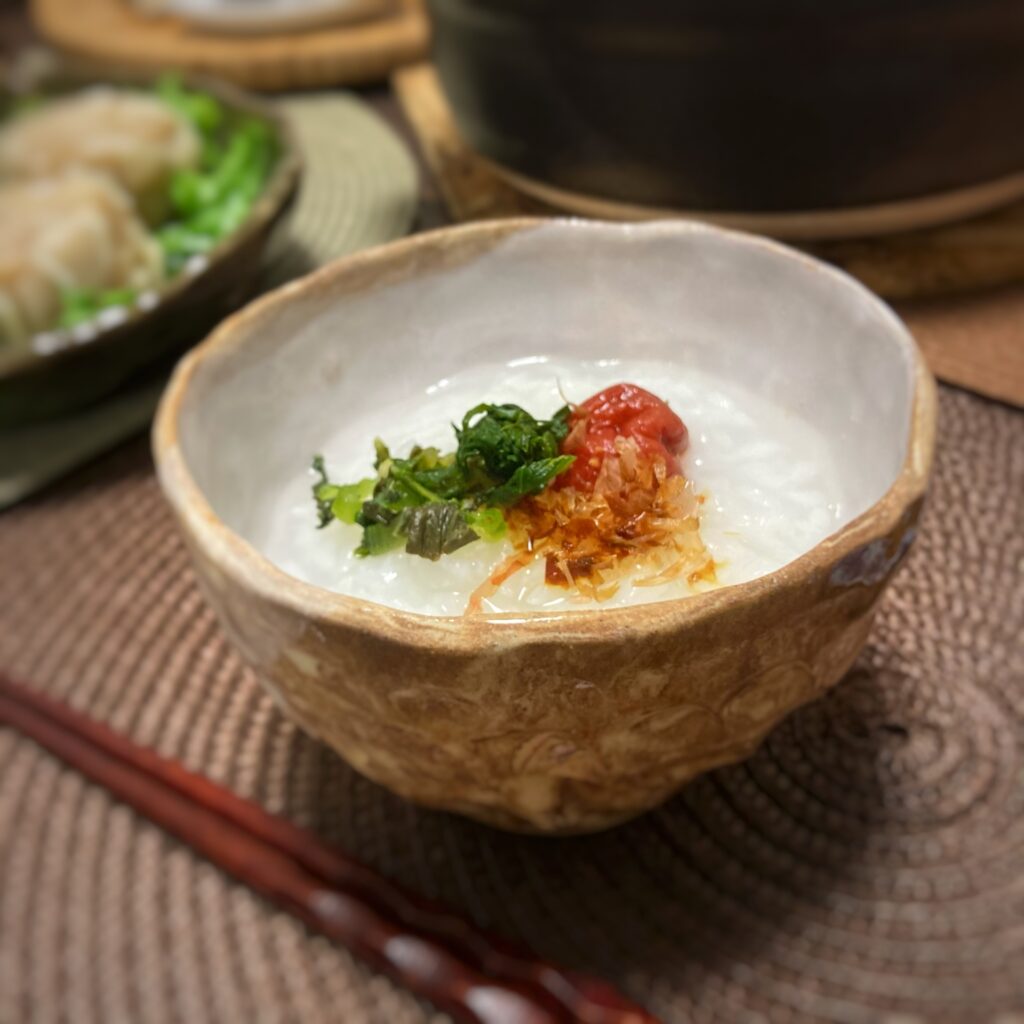
This group consists of yakumi that are grated or preserved, offering unique flavors from sharp and cleansing to sour and salty.
Daikon Radish
The root is rich in digestive enzymes like diastase (amylase), which aids the digestion of carbohydrates like rice and mochi, preventing stomach upset and heartburn. Its pungent component, isothiocyanate, has antibacterial and detoxification properties and helps prevent blood clots.
Pickled Plum (Umeboshi)
Abundant citric acid promotes the breakdown of lactic acid, a fatigue-causing substance, helping with recovery. It also stimulates the secretion of saliva and gastric acid to increase appetite and has strong antibacterial effects that help prevent food poisoning.
Perfect Pairings: Yakumi and Food
Let’s explore the unique character of each yakumi and the food pairings that bring out its best.
Green Onion (Negi)
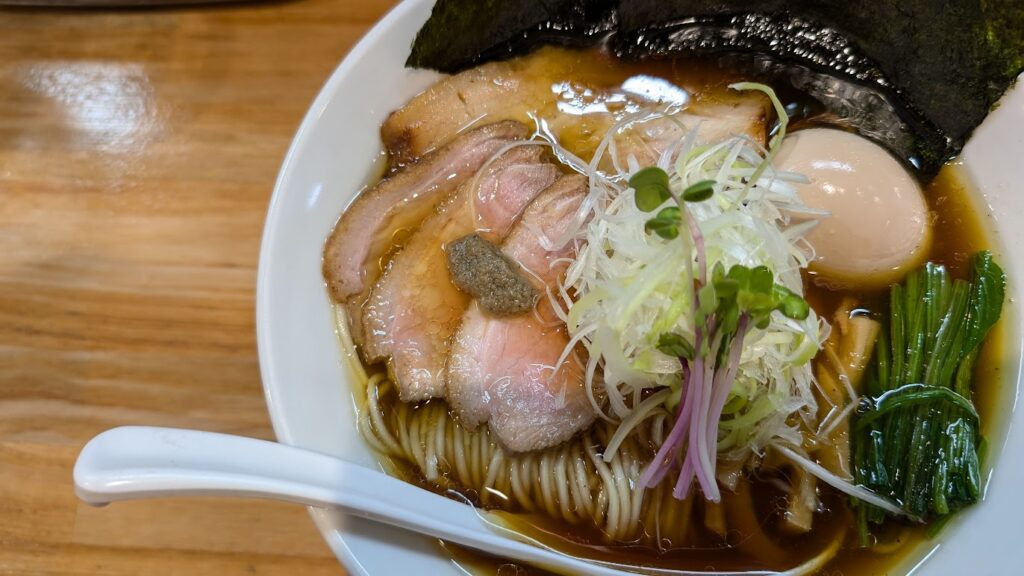
With its crisp texture, refreshing spiciness, and distinct aroma, green onion is an incredibly versatile yakumi. It is essential for noodle dishes like udon, soba, and ramen, where it adds flavor and sharpens the taste of the broth. Served with cold tofu (hiyayakko) or natto, it adds a kick to their simple flavors. Since it becomes sweeter when heated, it’s also perfect as an ingredient in hot pots and sukiyaki. Its ability to mask the strong smells of meat and fish makes it widely used in stir-fries and stews.
Ginger (Shoga)
Its refreshing aroma and sharp spiciness tighten the overall impression of a dish. Served with sashimi, sushi, or cold tofu, it eliminates any fishy smell and provides a clean aftertaste. When heated, as in pork shogayaki (ginger stir-fry) or simmered fish, its aroma is enhanced, stimulating the appetite. Grated and added to hot tea, it can be enjoyed as a body-warming ginger tea.
Wasabi
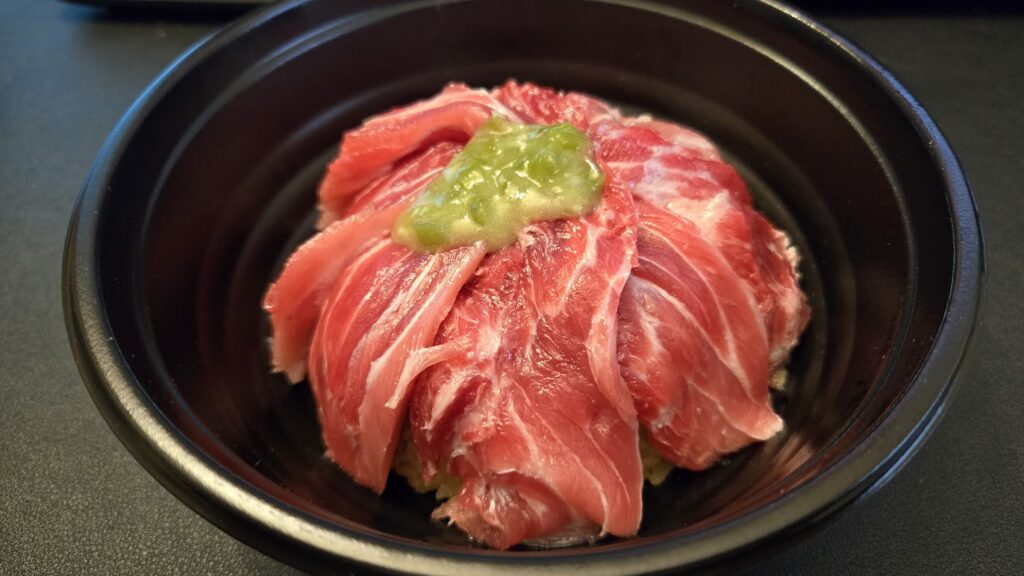
Its powerful antibacterial action and nose-tingling heat create a superb contrast with delicately flavored dishes. Serving it with sashimi, sushi, and soba is not just for flavor but is also a practice born from the wisdom of our ancestors to prevent food poisoning. In recent years, unconventional pairings have gained popularity, such as serving it with meat dishes like roast beef and steak, or mixing it with avocado to make a dip.
Myoga Ginger (Myoga)
Its unique aroma, subtle bitterness, and crisp texture bring a sense of coolness to the summer table. Simply adding it as a garnish to somen noodles, cold tofu, or miso soup instantly transforms them with a refreshing flavor. Enjoying it as tempura or quickly boiled and used in sweet vinegar pickles or salads are also excellent ways to savor its full flavor.
Ōba Leaf (Shiso Leaf)
Its invigorating aroma matches well with Japanese, Western, and Chinese cuisines. It is served as a tsuma (garnish) with sashimi not only for color but also for its antiseptic and sterilizing effects. It can also play a starring role when chopped and mixed into pasta or somen, used to wrap meat or fish before grilling, or fried as tempura.
Chili Pepper (Tōgarashi – Shichimi/Ichimi)
A dash of spice sharpens a dish’s flavor and stimulates the appetite. Sprinkled over warm dishes like udon, soba, yakitori, pork soup (tonjiru), or hot pots, it warms the body and makes the food taste even more delicious. It is also indispensable for adding heat to stir-fries like mapo tofu and kinpira gobo.
Mitsuba (Japanese Parsley)
Its elegant and delicate aroma is perfect for finishing dishes that cherish the flavor of dashi broth, such as clear soups (osuimono), steamed egg custard (chawanmushi), and rice bowls (donburi). As its aroma is volatile, the key is to add it just before turning off the heat. Its refreshing scent can also be enjoyed in blanched salads (ohitashi) and other dressed dishes.
Yuzu
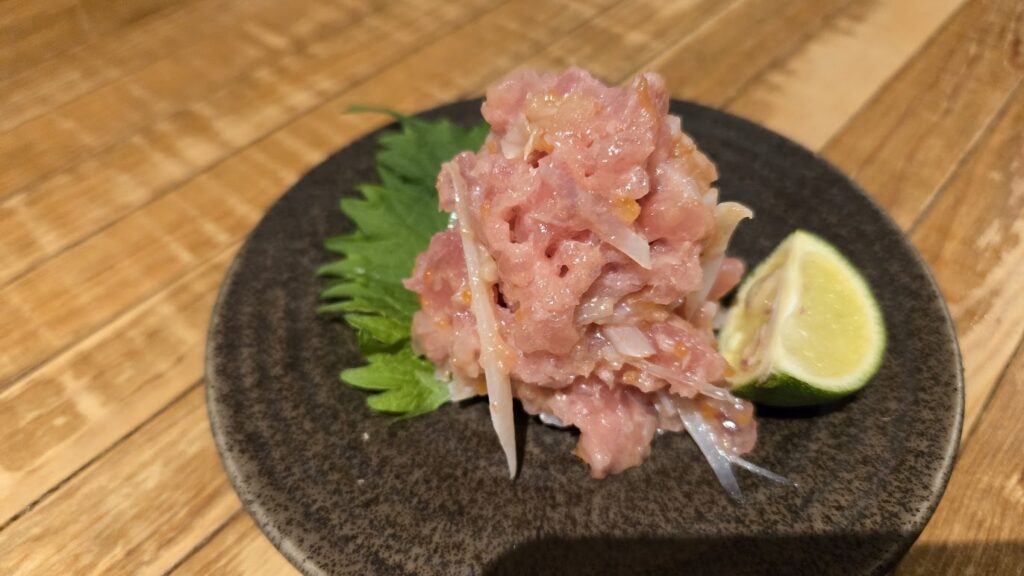
Its refreshing and noble fragrance lends an exceptional flavor to dishes. Thinly sliced peel can be floated in clear soups or hot pots, while the juice can be squeezed into ponzu sauce or dressings. Served with grilled fish or steamed dishes, it cuts through richness and leaves a clean aftertaste.
Garlic (Ninniku)
Its powerful, appetite-whetting aroma is synonymous with stamina-boosting cuisine. Grated or chopped, it adds depth and richness to pasta, stir-fries, and meat dishes. Sliced and served with seared bonito (katsuo no tataki) is a classic pairing that masks any fishiness and enhances the flavor.
Grated Daikon Radish
Rich in digestive enzymes like diastase, it aids digestion and prevents stomach upset when served with greasy foods like tempura, tonkatsu, and other fried items, as well as grilled fish. Its clean, refreshing taste also makes it a perfect palate cleanser. It is also delicious mixed with soba, udon, or grilled mochi.
Sesame Seeds (Goma)
Their appeal lies in their nutty aroma and crunchy texture. Simply sprinkling them on dressed vegetables, blanched greens, or salads easily adds flavor and nutrition. Cooks can grind them for goma-ae (sesame dressing) or make them into a paste to use as a base for sauces and dressings, offering endless possibilities.
Pickled Plum (Umeboshi)
Its strong sourness and saltiness make it an excellent accent in cooking. Beyond serving as a filling for rice balls (onigiri) or a topping for rice porridge (okayu), chefs can finely chop it into a paste (bainiku) and add it to dressed dishes, dressings, or sauces for fish and meat, creating a flavor that is both refreshing and profound.
Sansho Pepper
Its tingling spiciness and refreshing aroma are an especially superb match for freshwater fish. People sprinkle it on grilled eel (unagi no kabayaki) to cut the richness of the fat and dramatically improve the flavor. Chefs also recommend it for chirimen sansho (dried young sardines simmered with sansho) or as a finishing touch on chicken teriyaki.
Conclusion
It is evident that yakumi transcend the confines of a mere garnish or a concluding embellishment to a culinary creation. Japanese culinary philosophy considers these ingredients fundamental and deeply ingrained components, embodying a respect for seasonal ingredients and an understanding of how to create a harmonious balance of flavors, aromas, and textures.
Each minor addition, whether it is the pungent kick of wasabi, the invigorating zest of yuzu, or the earthy fragrance of shiso, chefs select with deliberation. Studies have demonstrated that incorporating Yakumi has a multifaceted impact on the gustatory experience, ranging from its ability to enhance flavor perception and reduce the intensity of other tastes to its capacity to introduce complexity or provide a refreshing counterpoint to more robust flavors.This approach exemplifies a sophisticated culinary practice, where each element on the plate is meticulously curated to enhance the overall dining experience, transforming a basic meal into a multifaceted sensory event.
Beyond their remarkable ability to enhance flavor, yakumi also connect us to the seasons and offer tangible health benefits, a concept long understood in Japanese food traditions. These dishes serve as a testament to a culinary culture that values subtlety, balance, and the power of nature. Consequently, when one encounters these vibrant additions to one’s meal, it is advisable to take a moment to acknowledge their role. These individuals, often unacknowledged, are the unsung heroes of the dining table. They work diligently to enhance the sensory experience of every meal, ensuring that each bite is both delicious and aesthetically pleasing. Embracing the world of yakumi enables one to develop a more profound and nuanced appreciation of Japanese cuisine.
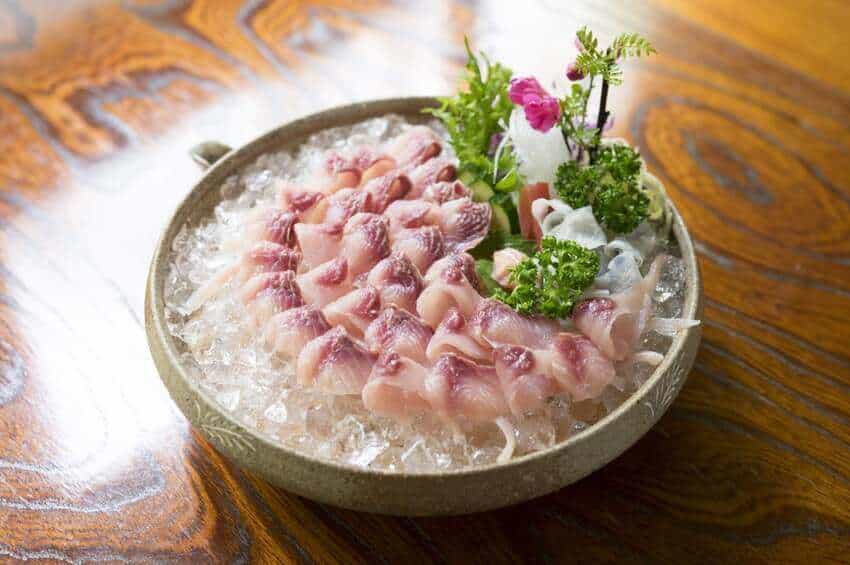
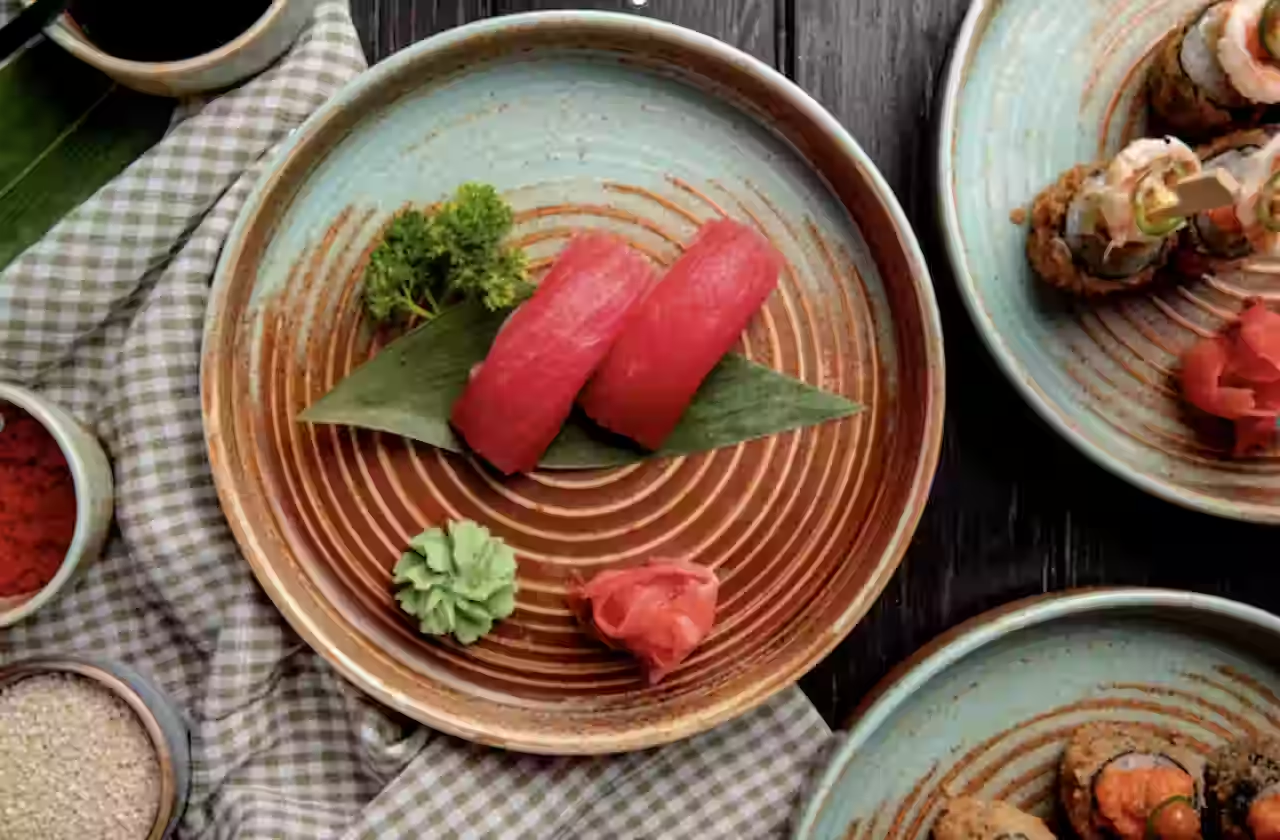
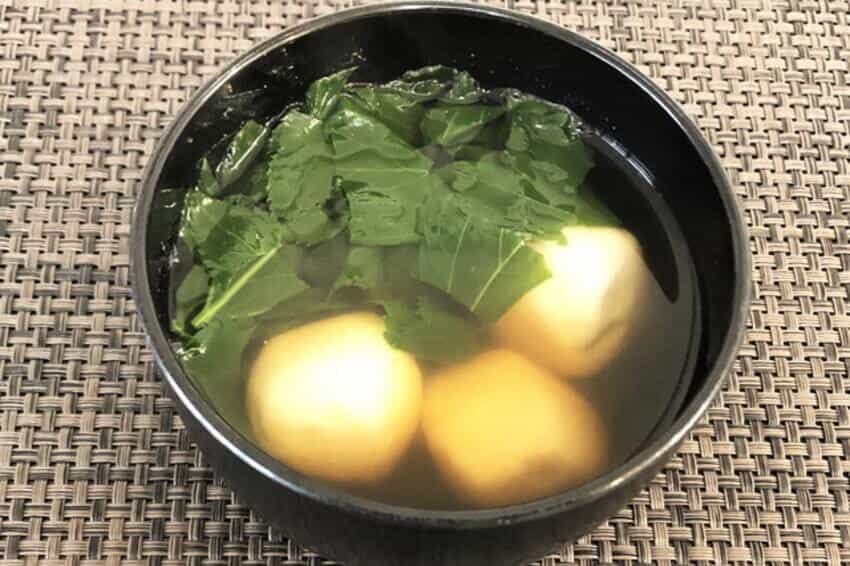
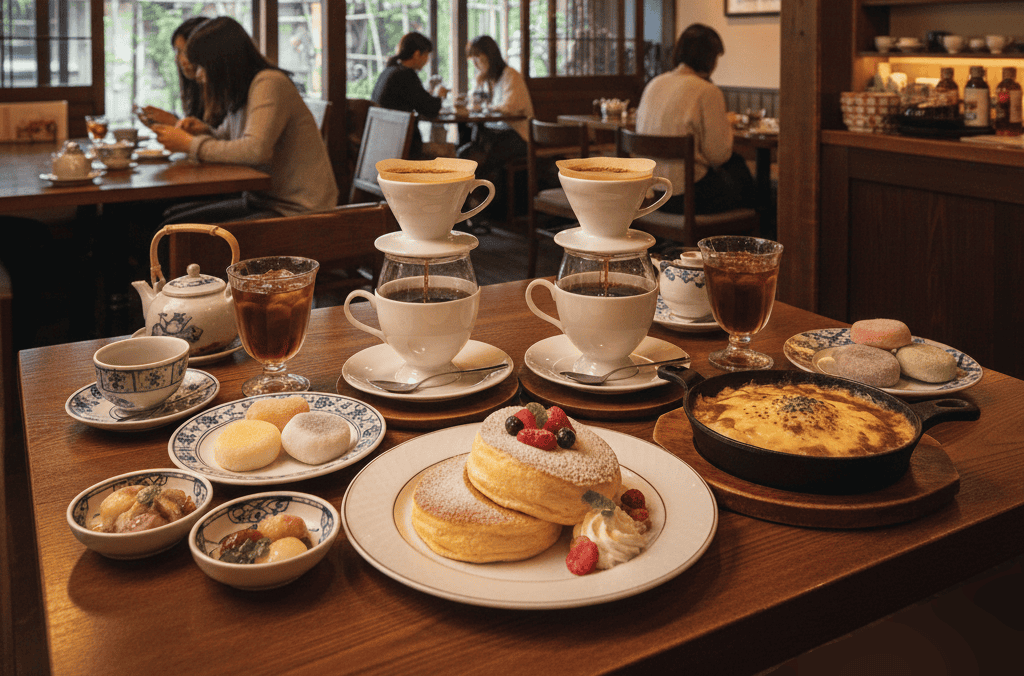


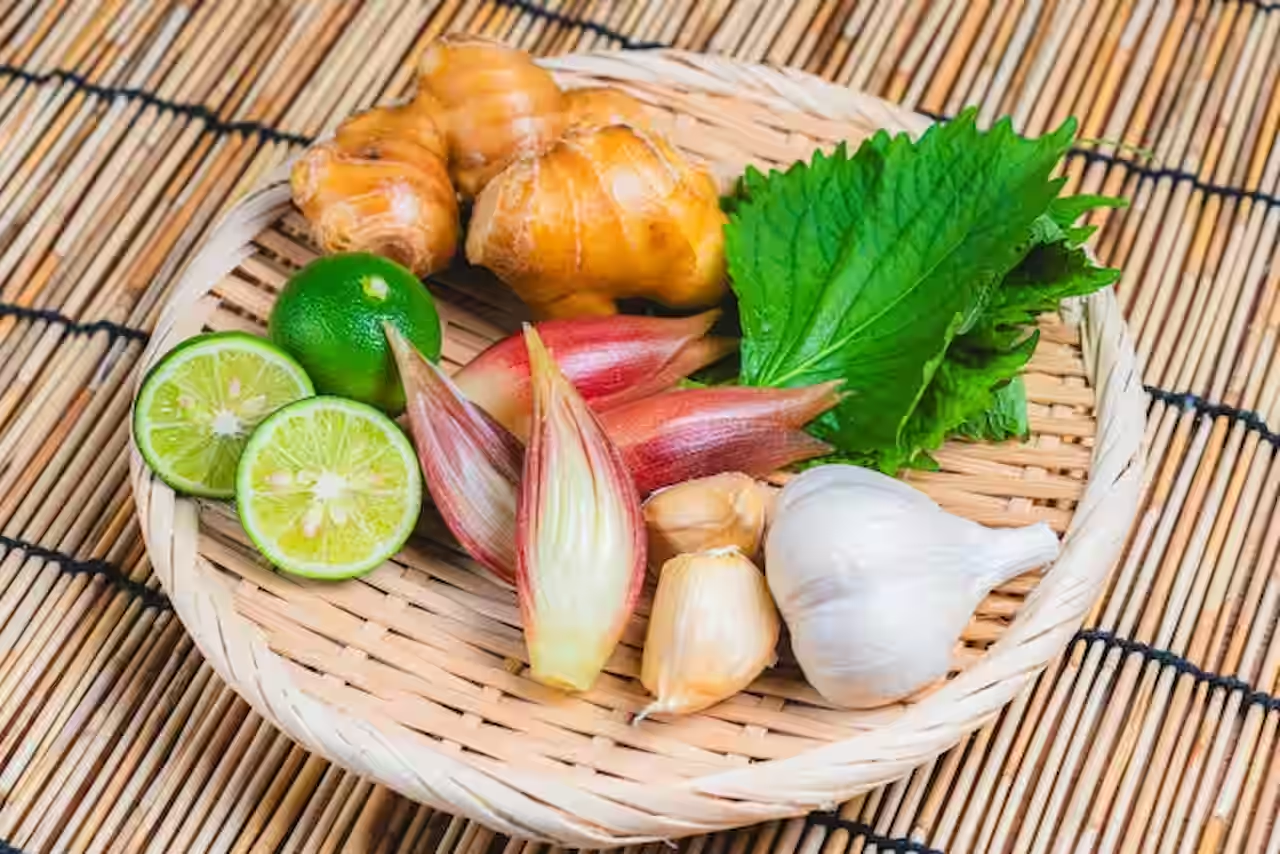
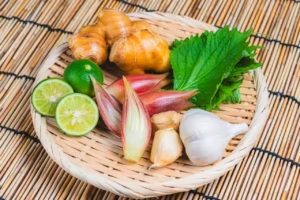

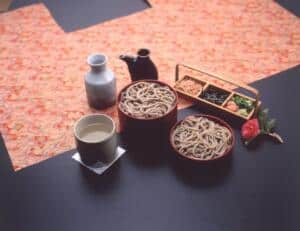

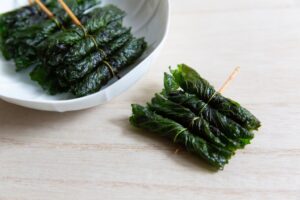



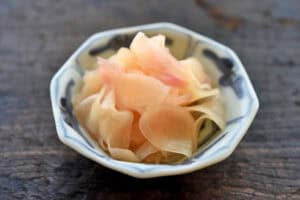
Comments